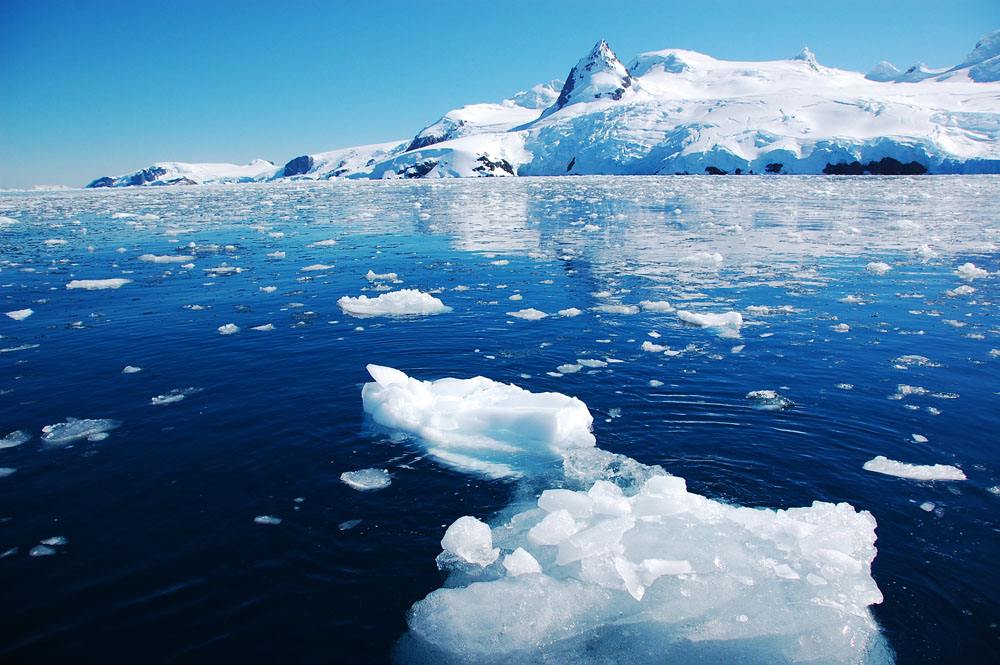This is Scientific American — 60-Second Science. I'm Julia Rosen.
Got a minute?
Last Christmas, Santa Claus must have been loading his sleigh in a t-shirt and shorts. Temperatures at the North Pole crept up toward the freezing point when they should have been minus twenty Fahrenheit.
The heat wave was the latest in a series that have swept over the Arctic in recent winters. Climate change has caused steady warming in the region. But it has also helped supercharge these extreme events, which scientists say are tied to storms that spiral north out of the Atlantic.
"These winds actually pick up a lot of heat and moisture."
Vladimir Alexeev, a climate scientist at the University of Alaska Fairbanks.
"And the atmosphere carries all this extra moisture and heat to the central Arctic, which results in [a] warmer and moister atmosphere."
Which then warms the surface.
Alexeev says the heat ferried north by these storms helps slow the growth of sea ice in winter—causing it to be about 15 centimeters thinner by the end of the season. And thinner ice may have a harder time surviving the summer.

But while the impact of these storms has grown in recent decades, the storms themselves are not happening more often, Alexeev says.
"An important piece of information is that the frequency of those storms is not changing. What's changing is the area of open water in those regions."
As the Atlantic Ocean has warmed up, the amount of sea ice around Scandinavia and Siberia in winter has decreased. So now, instead of passing over an ice-capped ocean, storms blow over larger areas of open water on their way north. And that gives them a chance to pick up more heat and moisture from the sea that they carry into the Arctic, causing stronger heat waves.
Alexeev presented his results in December at the Fall Meeting of the American Geophysical Union in San Francisco.
Another study by Kent Moore, an atmospheric physicist at the University of Toronto, came out around the same time as the meeting and also linked the heat waves to storms passing over more and more open water. That research is in the journal Scientific Reports.
Alexeev says the situation could be an example of what scientists call a positive feedback: warming causes the loss of sea ice, which promotes more warming and even more ice loss. In other words, it's a snowball effect—or in this case, an anti-snowball effect.
Thanks for the minute for Scientific American — 60-Second Science Science. I'm Julia Rosen.













